Is SSD The Same As RAM? Let’s See

SSD is a newer technology that is often confused with RAM. Both are used to store data and improve performance, but they work differently. Let’s take a closer look at the difference between SSD and RAM.
To answer question No, an SSD (Solid State Drive) and RAM (Random Access Memory) are not the same. An SSD is used to store persistent data on non-volatile flash memory chips, while RAM is a fast volatile memory used for temporarily storing data and instructions for immediate access by a computer’s processor. While both components play an important role in a computer system, they serve entirely different purposes.
What Is SSD And What Is RAM, And How Do They Differ?
SSD (Solid State Drive) and RAM (Random Access Memory) are both types of computer storage, but they are different in terms of their function and performance.
RAM is a type of volatile memory that stores data temporarily, allowing the processor to access it quickly. The processor uses RAM as a work area to store data that it is currently processing. The data stored in RAM is lost when the computer is turned off or restarted, which is why it is considered volatile memory.
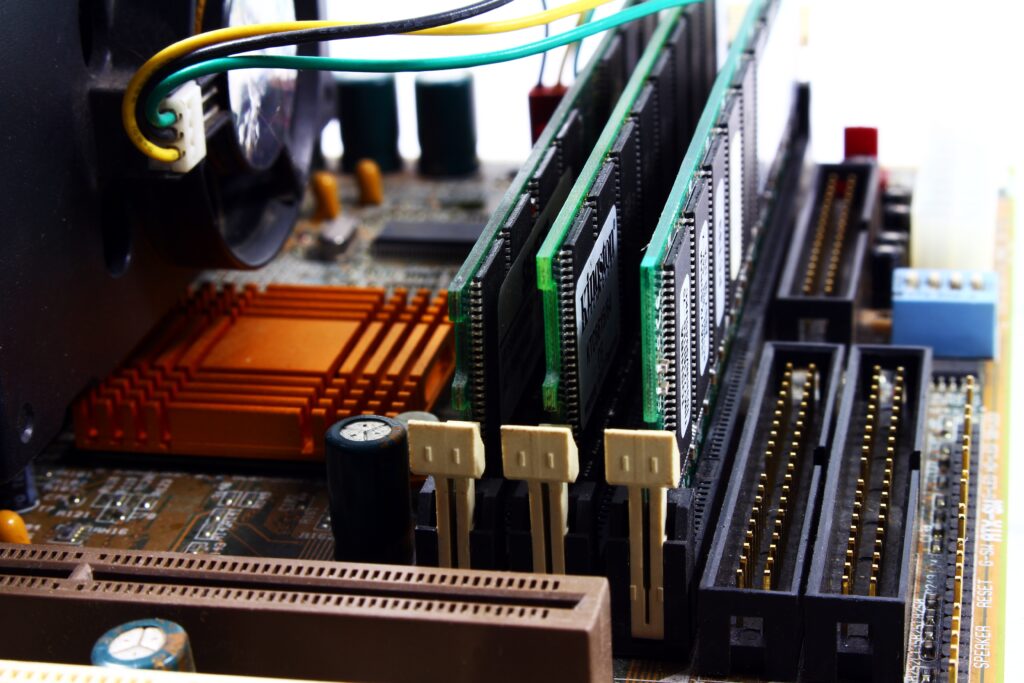
On the other hand, an SSD is a type of non-volatile storage that stores data persistently, even when the computer is turned off. An SSD operates much like a traditional hard drive but uses flash memory instead of a spinning disk to store data. Flash memory allows for faster data access and read/write speeds than a traditional hard drive.
Mainly there are 3 types of SSDs. mSATA, NVME, and SATA SSD. If you want to know more about these different types, refer What Are the Different Types of SSDs?
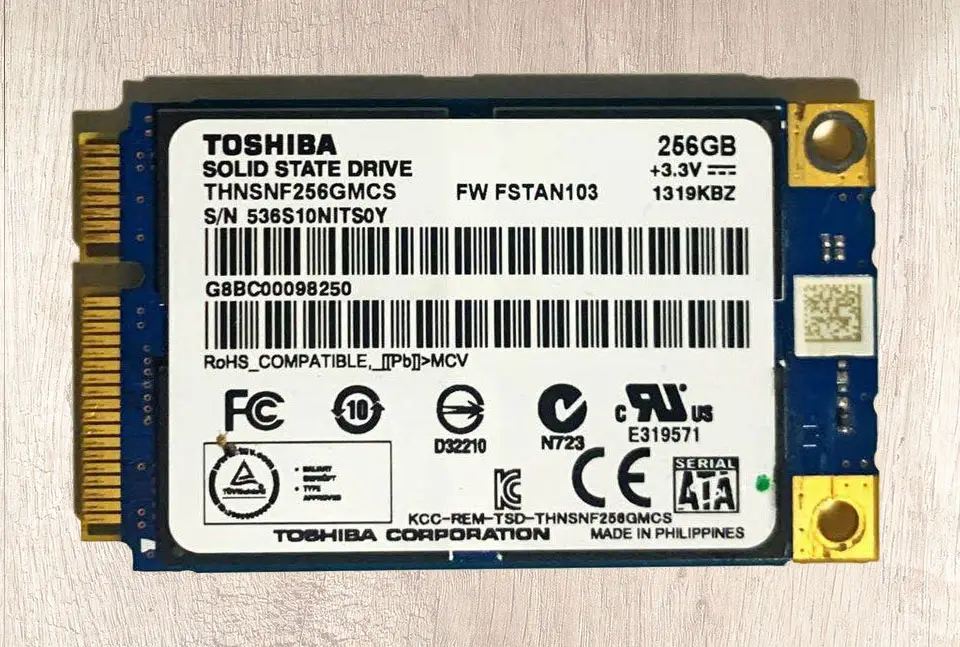
To know more about mSATA SSDs refer to What is mSATA SSD & Best Top 3 in 2023
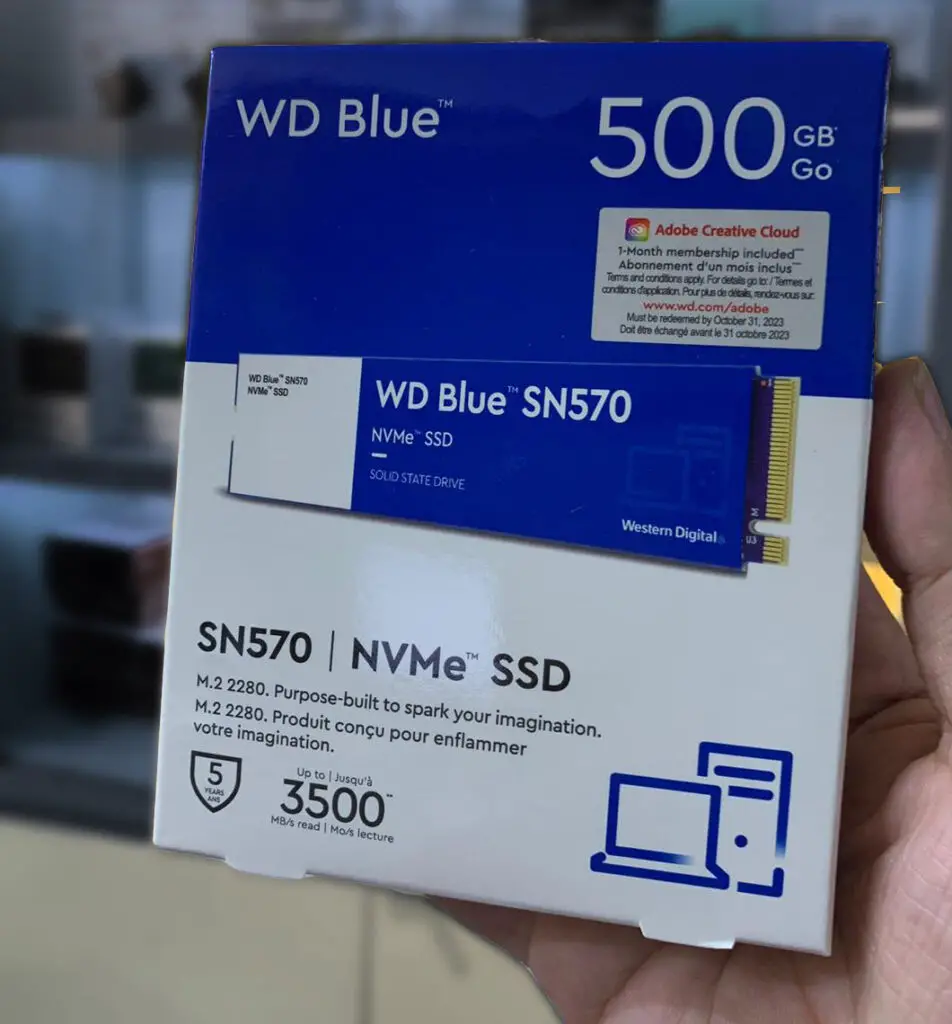
If you are a WD SSD fan, refer to the below articles
- WD Blue vs WD Green SSD – Simplified Buyers Guide 2023
- WD Blue vs WD Black SSD – Simplified Buyers Guide 2023
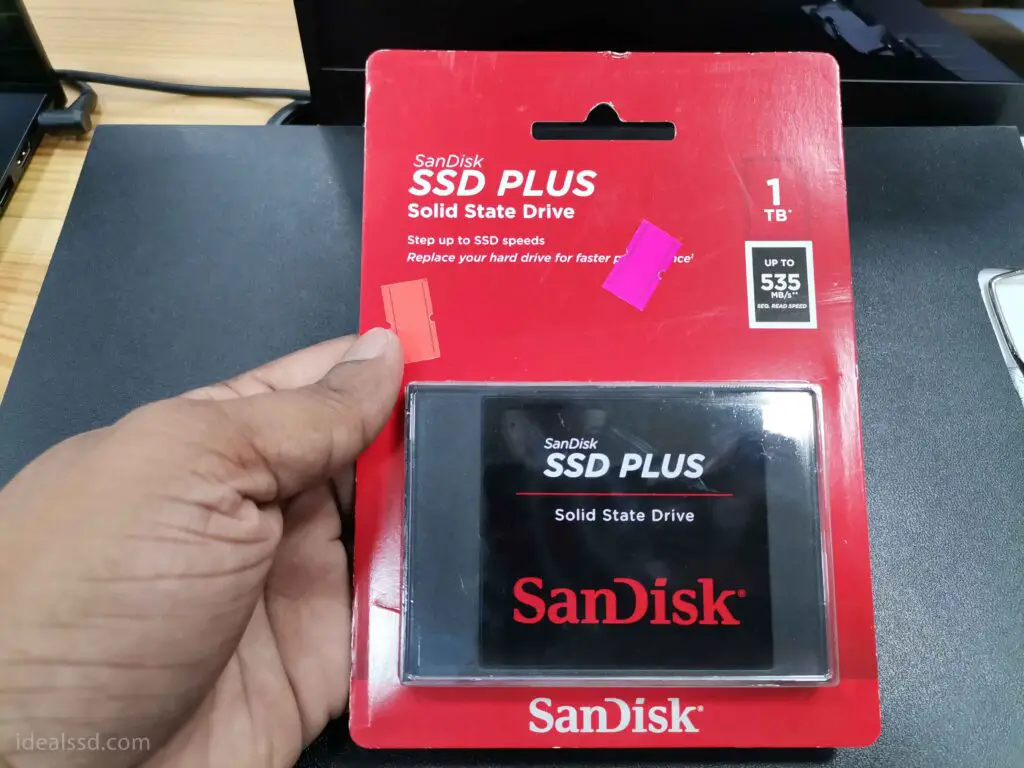
To know more about higher-capacity SATA SSDs, refer to Highest Capacity SATA SSDs Available in 2023
Here is a list of differences between SSD (Solid State Drive) and RAM (Random Access Memory):
Differences Between SSD and RAM
- Functionality: RAM is used as a temporary storage area for data that the processor is actively using, while an SSD provides persistent data storage.
Functionality is one of the most important differences between RAM and an SSD. RAM, or Random Access Memory, is a type of volatile memory that acts as a temporary storage area for the data that the processor is actively using.
It is designed to provide quick access to data so that the processor can perform its tasks quickly and efficiently. This makes RAM an essential component for improving a computer’s overall performance.
On the other hand, an SSD (Solid State Drive) is a type of non-volatile storage that provides persistent storage of data. Unlike RAM, an SSD retains data even after the computer is turned off or restarted. This means that the data stored on an SSD is available to the user whenever the computer is powered on, providing long-term data storage.
- Speed: RAM provides faster data access than an SSD, as it is directly connected to the processor.
Speed is a key difference between RAM and an SSD. RAM provides faster data access than an SSD due to its direct connection to the processor. RAM operates at a much higher speed than an SSD, allowing the processor to access data much faster. This makes RAM an essential component for improving a computer’s overall performance, as the processor can access the data it needs quickly and efficiently.
On the other hand, an SSD (Solid State Drive) uses flash memory to store data and is connected to the processor through a SATA or PCIe interface.
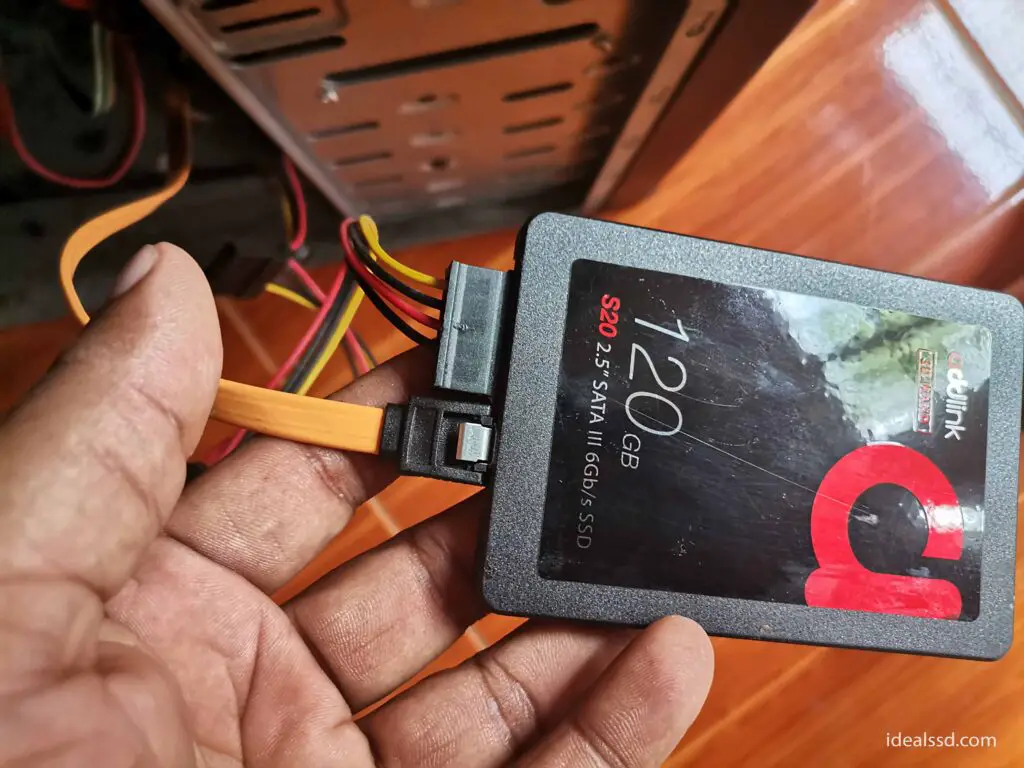
While an SSD is faster than a traditional hard drive, it is limited by the speed of the SATA or PCIe interface it uses. This means that an SSD is slower than RAM regarding data access but is still much faster than a traditional hard drive.
- Capacity: RAM is limited by the number of memory slots available on the motherboard, while an SSD can be as large as the user’s budget allows.
Capacity is another important difference between RAM and an SSD. The amount of RAM a computer can have is limited by the number of memory slots on the motherboard and the size of the memory modules that can fit in those slots.
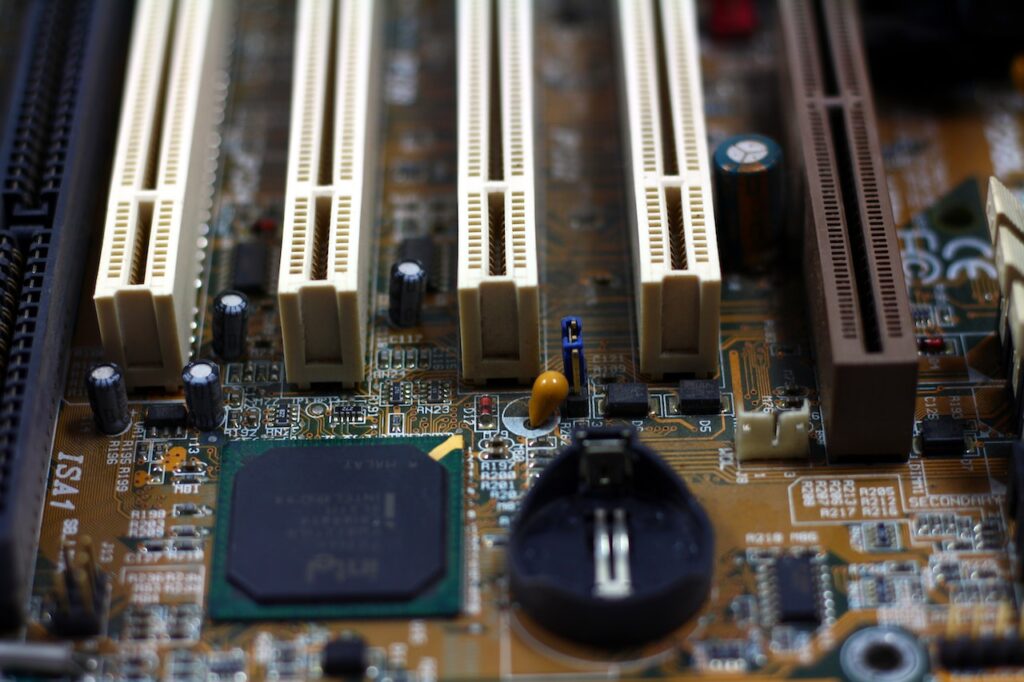
On the other hand, an SSD (Solid State Drive) can be as large as the user’s budget allows. An SSD uses flash memory to store data, and the size of the flash memory can vary greatly. This means that the size of an SSD can be much larger than the amount of RAM that a computer can support, and users can purchase an SSD with as much storage capacity as they need.
Below SAMSUNG 980 PRO (Chek on Amazon) SSD comes with 2TB capacity.

- Cost: RAM is generally more expensive than an SSD.
Cost is another important difference between RAM and an SSD. RAM is generally more expensive than an SSD. This is because RAM is a specialized component that is manufactured to meet strict specifications and is designed to provide fast, temporary storage for the data that the processor is actively using. As a result, RAM is often priced higher than other components, such as an SSD.
On the other hand, an SSD is more cost-effective than RAM. An SSD uses flash memory to store data, which is less expensive than the specialized components used in RAM. This means that users can purchase an SSD with a large storage capacity at a lower cost than what they would pay for the same amount of RAM.
- Volatility: RAM is volatile memory and loses data when the computer is turned off or restarted. An SSD is non-volatile and retains data even after turning off the computer.
Volatility is another key difference between RAM and an SSD. RAM is volatile memory, meaning it loses data when the computer is turned off or restarted. This is because RAM is designed to provide fast, temporary storage for data that the processor is actively using, and the data stored in RAM is lost when the computer is turned off or restarted.
On the other hand, an SSD is non-volatile memory, which means that it retains data even after the computer is turned off. An SSD uses flash memory to store data, and flash memory is non-volatile, which means that the data stored on an SSD is not lost when the computer is turned off or restarted.
Conclusion
Random-access memory (RAM) is an important component of computers, providing the processor with a temporary storage area for data that it is actively using. This allows quicker access to information in the RAM than having to look it up on an external drive or slower medium. Solid-state drives (SSDs) provide persistent storage of data.
Unlike RAM, SSDs store information even when a computer has been powered off, allowing users to save documents and files without troubleshooting to find them after powering them back on. The combination of both RAM and SSD as components in a computer allows for increased performance from a system by ensuring easy and speedy access to necessary data during operations while also providing long-term document storage that is optimized for finding information quickly upon startup.

